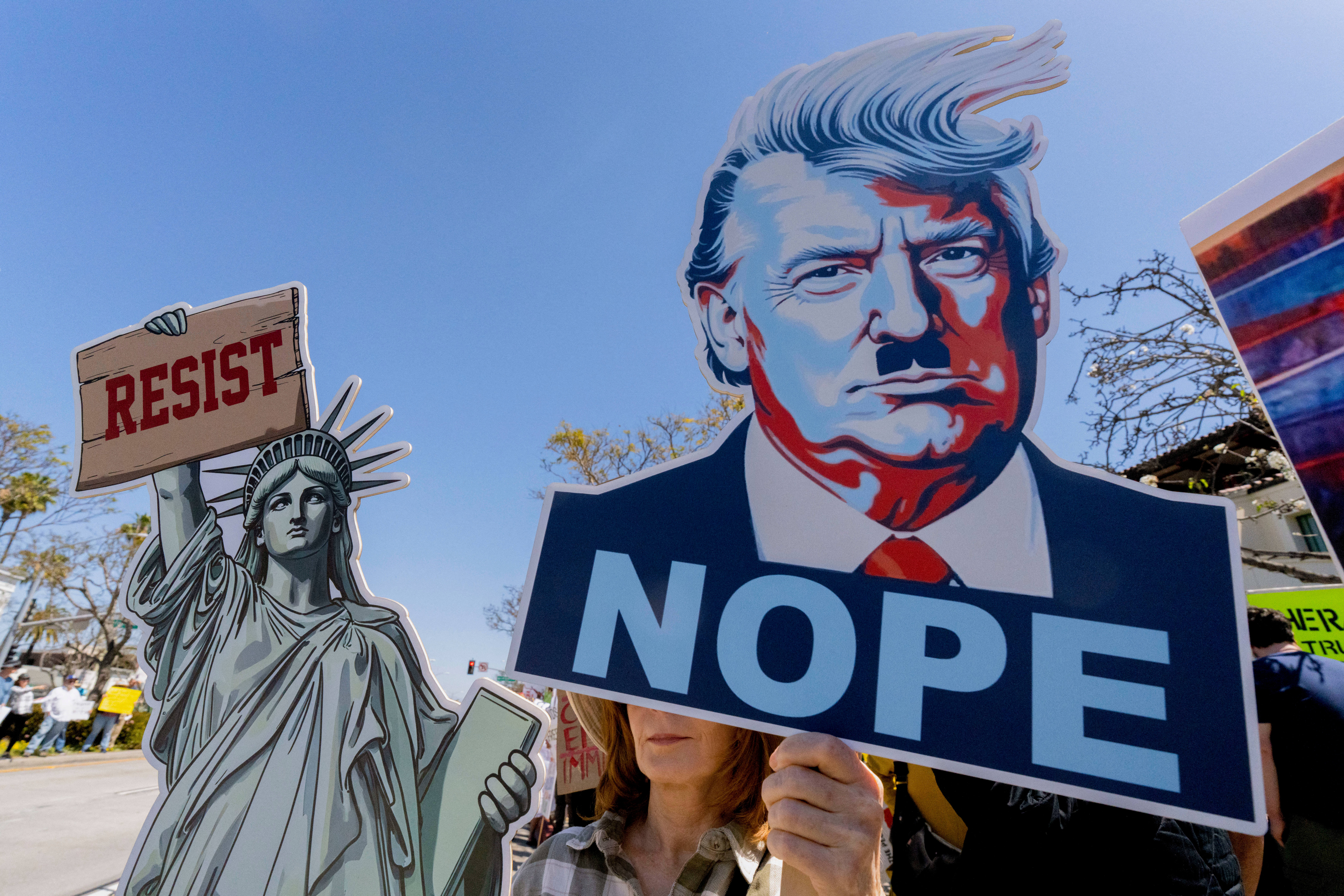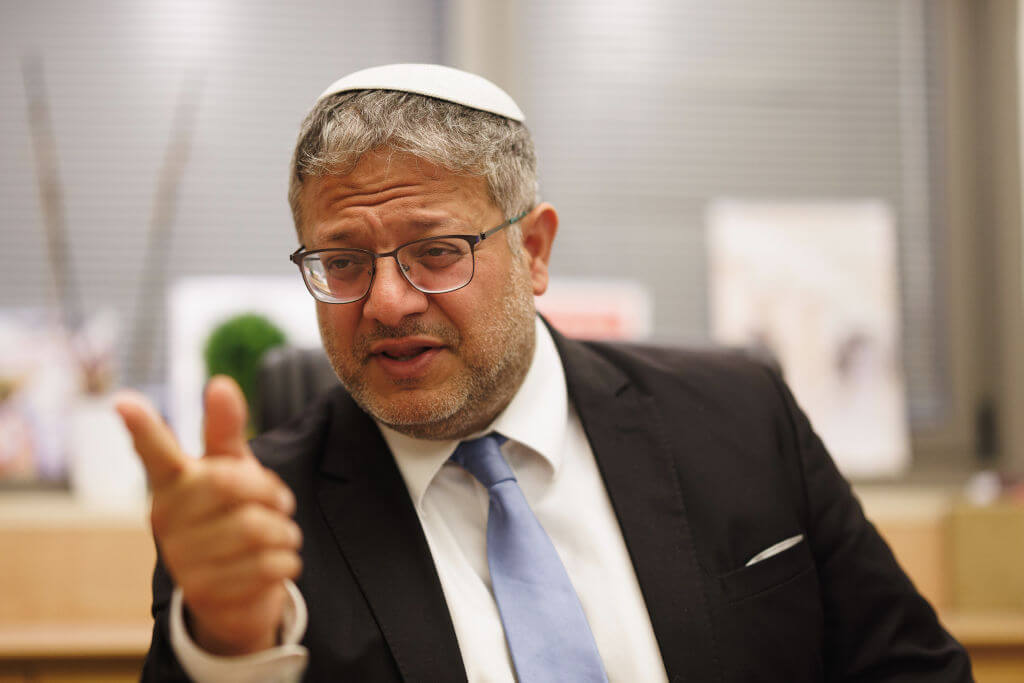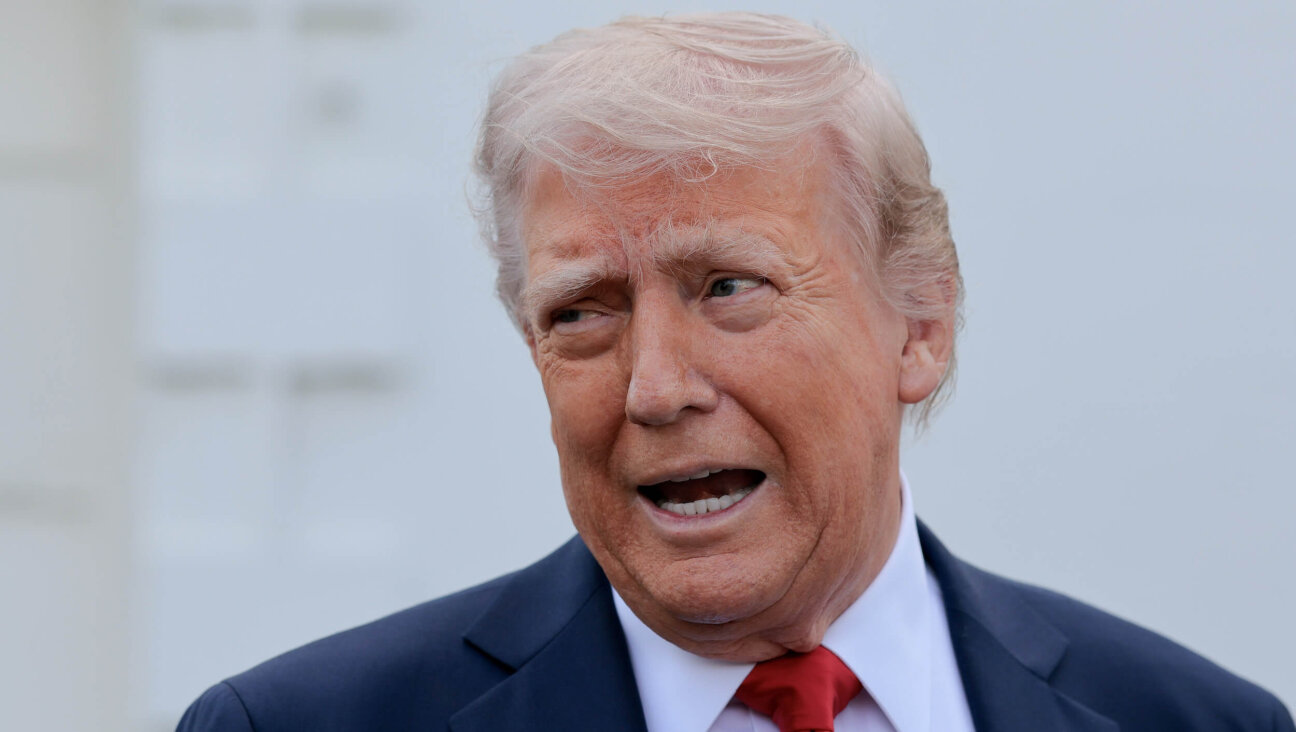Building Barriers to Two-State Solution

Image by getty images

Cutting Off Peace: Frenetic construction in and around Jerusalem is aimed at cutting off the Palestinians in the city from the rest of the West Bank. This will make a two-state solution next to impossible, which is the goal of many right-wing proponents of the building frenzy. Image by getty images
Here’s a “sign of the times” factoid: In recent commentary on Israel’s settlement policy, the number of Jewish settlers beyond the Green Line has ballooned to 600,000 from 350,000 or so. It is as if there had suddenly been a mass immigration to the West Bank. But there has been no such immigration. What there has been, more ominously, is the inclusion in “beyond the Green Line” of two venerable major neighborhoods that had long since come to be regarded as part of Jerusalem proper: Ramot and French Hill, as well as other neighborhoods, such as Gilo, Pisgat Ze’ev, Ramat Shlomo, Har Homa.
Ramot and French Hill are, indeed, beyond the Green Line, Israel’s 1967 de facto border. But they were also beyond controversy. No one who thought about them — and hardly anyone did — regarded their fate as part of a future negotiated settlement between the Israelis and the Palestinians. Their provenance may have been problematic, but their destiny was not.
And now, simply by absorbing their inhabitants into the estimate of Jews beyond the Green Line, the period after their names has been replaced with a question mark.
That is one sign, a small one, of the impact of Israel’s settlement policy and, in particular, of its policy with respect to East Jerusalem.
This needs to be said as urgently and as clearly as possible: Israel’s settlement policy in and around Jerusalem is not merely controversial; it is calamitous. Unless it changes, it will render impossible within a year a two-state solution to the conflict.
There are people, here in America and in Israel, who will celebrate that. They are comfortable with the prospect of de facto or de jure Israeli rule over, even annexation of, the entire West Bank. They are prepared to live with an apartheid state in which a large Palestinian minority is deprived of equal rights, or with a mass emigration of Palestinians, “encouraged” by Israeli actions. And some few endorse a pure binational state, equal rights for all, an end to Israel as a distinctively Jewish state.
But according to survey results, most Jews here and in Israel prefer a two-state solution, even if they think it unlikely in current or readily foreseeable circumstances.
Because my concern here is specifically with Jerusalem and its relevance to a two-state solution, I set to the side all the controversial and all the illegal (according to Israeli law) Jewish outposts and settlements that dot the West Bank, all the violence that emanates from more than a few of them, all the land theft they have practiced and all the current governmental efforts TAKEN? retroactively to legalize them.
In East Jerusalem, the pace of Jewish construction now borders on the frenetic. The goal is so thickly to expand the Jewish presence in what was traditionally the heart of the national Palestinian community and so to encircle the remaining Palestinian neighborhoods as to separate Jerusalem completely from the rest of Palestine. It amounts, from a Palestinian perspective, to a policy of decapitation.
Thus, if building projects now under way or already approved are completed, it will not be possible for Palestinians from Bethlehem to Jerusalem’s south or from Ramallah to its north to access Jerusalem. And if, as seems likely, Israel finally begins active development of the area known as E1, East Jerusalem will be hemmed in on all sides. It will not be available as the capital city of a new Palestine, nor as Palestine’s commercial and intellectual center. The northern half of the West Bank and its southern half will have been bisected; Palestine will successfully have been cantonized, transformed into a set of disconnected towns and villages. Palestine will not be a viable state.
The acknowledged leading expert on what is happening in and to Jerusalem is Daniel Seidemann, founder of Ir Amim (“City of Nations”). In his own writings and in the work of Ir Amim, it is made clear that the grim prospect of a de facto separation between all of Jerusalem and the Palestinian hinterland is no longer a distant hypothetical — it is around the corner. Seidmann himself is convinced that by 2013, currently unfolding facts on the ground will have destroyed the prospect of a two-state solution. (See his report, “East Jerusalem Settlements and the Imminent Demise of the Two-State Solution,” January 2012.)
Those who understand that only a two-state solution can offer Israel genuine security and can protect the ever more fragile prospect of a democratic and Jewish Israel living at peace with its neighbors should be alarmed and make their distress known — to the Obama administration, to their representatives in Congress and to their friends in, and the government of, Israel. Now.
Contact Leonard Fein at [email protected]
The Forward is free to read, but it isn’t free to produce

I hope you appreciated this article. Before you go, I’d like to ask you to please support the Forward.
Now more than ever, American Jews need independent news they can trust, with reporting driven by truth, not ideology. We serve you, not any ideological agenda.
At a time when other newsrooms are closing or cutting back, the Forward has removed its paywall and invested additional resources to report on the ground from Israel and around the U.S. on the impact of the war, rising antisemitism and polarized discourse.
This is a great time to support independent Jewish journalism you rely on. Make a gift today!
— Rachel Fishman Feddersen, Publisher and CEO
Support our mission to tell the Jewish story fully and fairly.
Most Popular
- 1

Opinion The dangerous Nazi legend behind Trump’s ruthless grab for power
- 2

Culture Trump wants to honor Hannah Arendt in a ‘Garden of American Heroes.’ Is this a joke?
- 3

Opinion A Holocaust perpetrator was just celebrated on US soil. I think I know why no one objected.
- 4

Culture Did this Jewish literary titan have the right idea about Harry Potter and J.K. Rowling after all?
In Case You Missed It
-

Fast Forward Protesters clash in Crown Heights as Ben-Gvir visits Chabad headquarters
-

Yiddish ווידעאָ: היסטאָריקער שמואל קאַסאָוו דערציילט מעשׂיות פֿון זײַן משפּחה־געשיכטעVIDEO: Historian Samuel Kassow shares stories about his family history
דער ווידעאָ איז טשיקאַווע סײַ פֿאַרן אינהאַלט סײַ פֿאַר קאַסאָווס נאַטירלעכן ליטוויש־ייִדיש
-

Culture I have seen the future of America — in a pastrami sandwich in Queens
-

Culture Trump wants to honor Hannah Arendt in a ‘Garden of American Heroes.’ Is this a joke?
-
Shop the Forward Store
100% of profits support our journalism
Republish This Story
Please read before republishing
We’re happy to make this story available to republish for free, unless it originated with JTA, Haaretz or another publication (as indicated on the article) and as long as you follow our guidelines.
You must comply with the following:
- Credit the Forward
- Retain our pixel
- Preserve our canonical link in Google search
- Add a noindex tag in Google search
See our full guidelines for more information, and this guide for detail about canonical URLs.
To republish, copy the HTML by clicking on the yellow button to the right; it includes our tracking pixel, all paragraph styles and hyperlinks, the author byline and credit to the Forward. It does not include images; to avoid copyright violations, you must add them manually, following our guidelines. Please email us at [email protected], subject line “republish,” with any questions or to let us know what stories you’re picking up.














